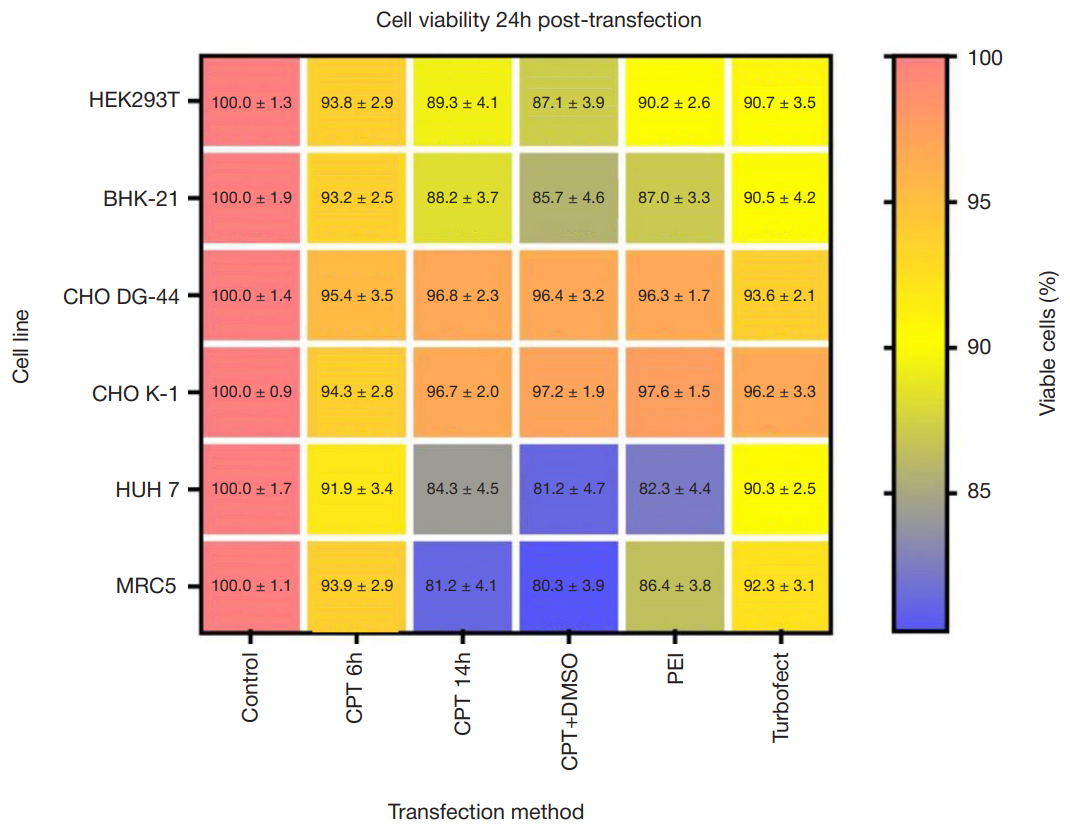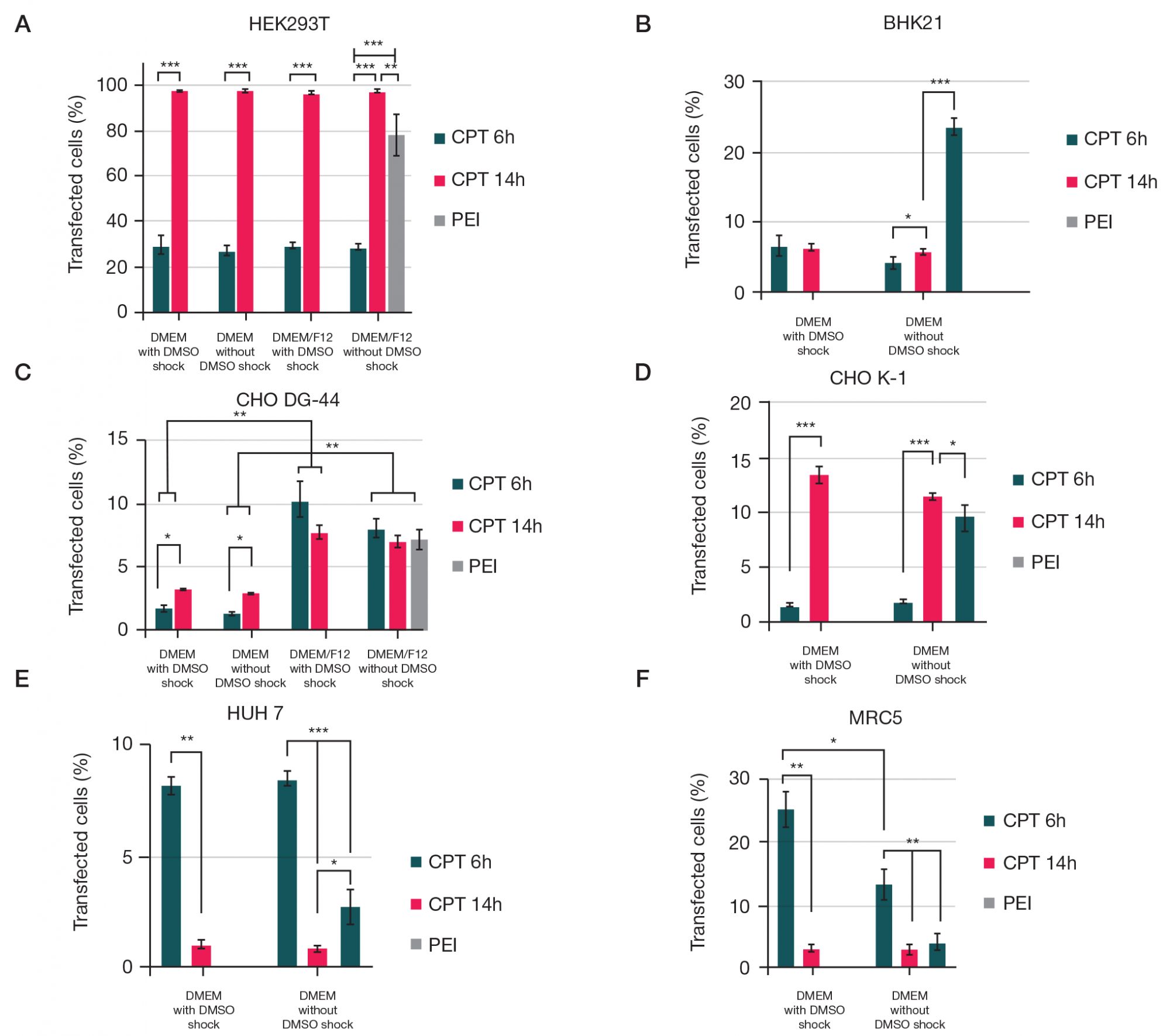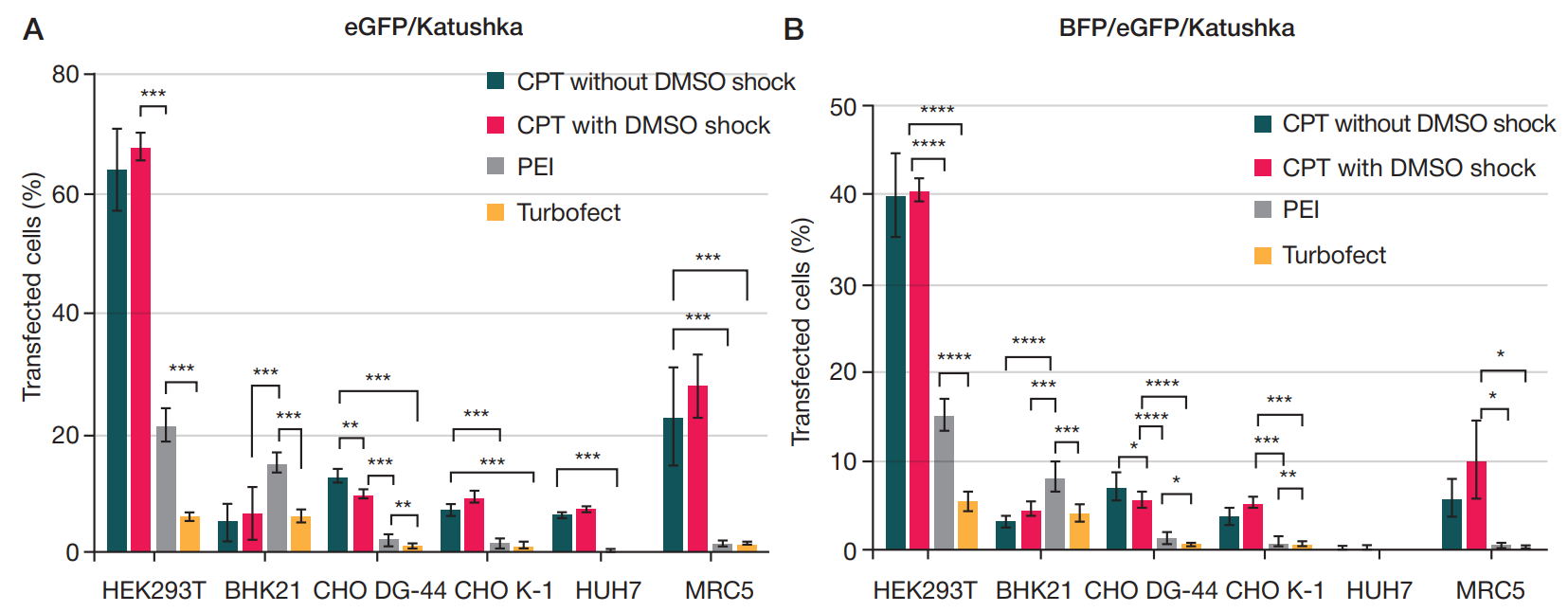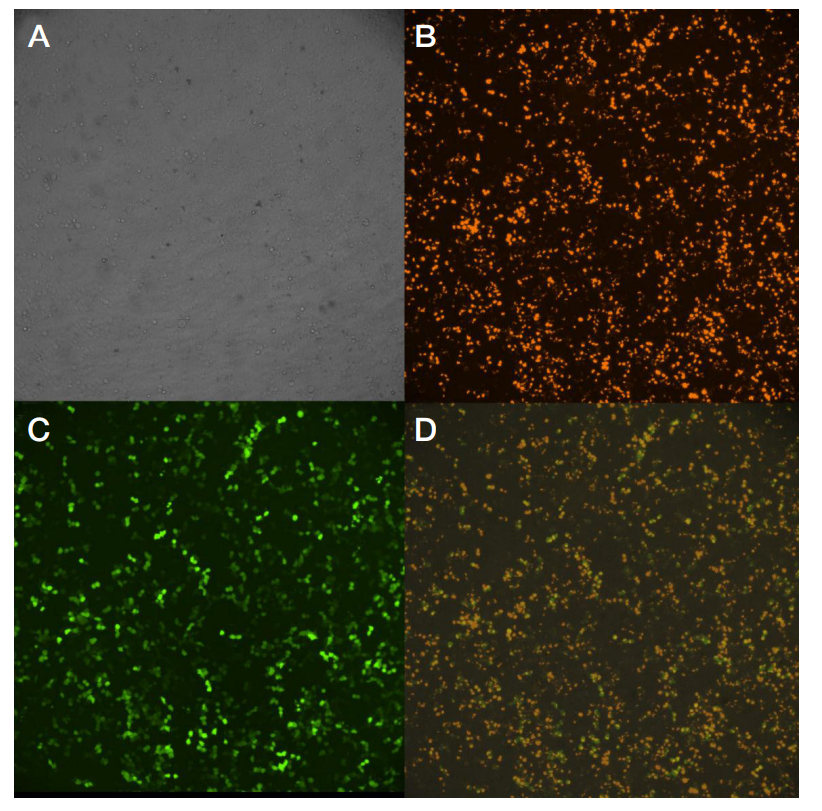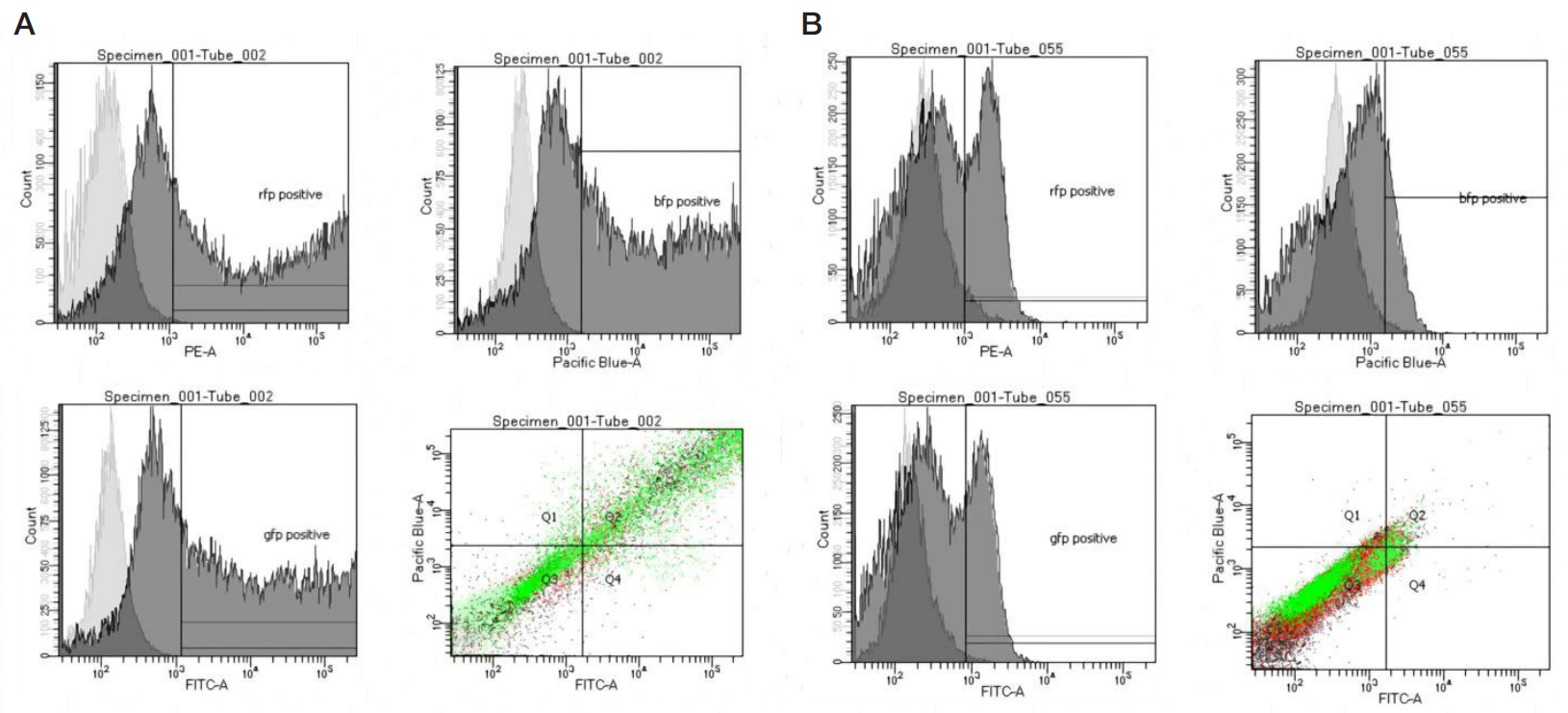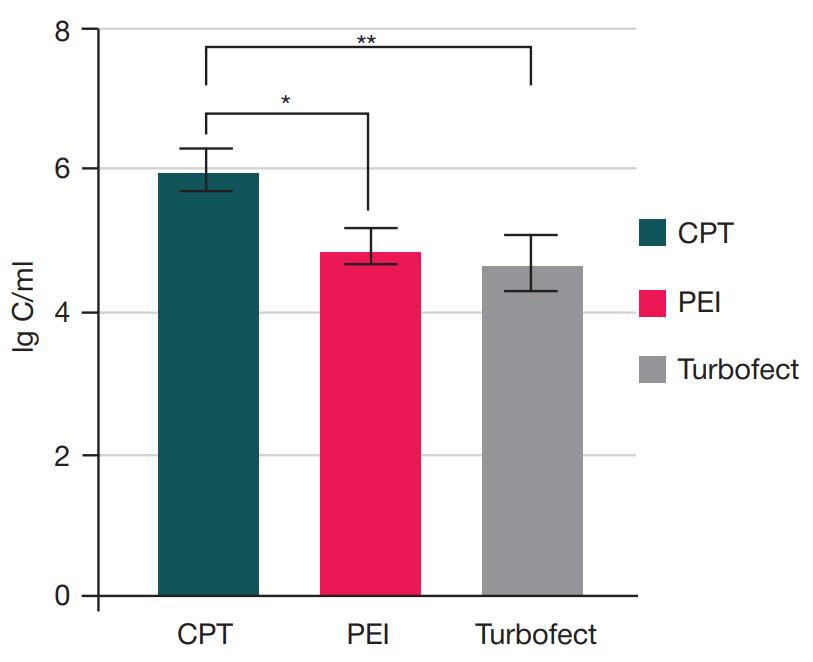
This article is an open access article distributed under the terms and conditions of the Creative Commons Attribution license (CC BY).
ORIGINAL RESEARCH
Comparative efficiency of accessible transfection methods in model cell lines for biotechnological applications
1 Engelhardt Institute of Molecular Biology, Moscow, Russia
2 Pirogov Russian National Research Medical University, Moscow, Russia
Correspondence should be addressed: Anastasia V. Lipatova
Vavilova, 32/1, Moscow, 119991, Russia; moc.liamg@vnaavotapil
Funding: the project was supported by the Russian Science Foundation (grant number 20-75-10157 of August 14, 2020 "Research on the possibilities of obtaining recombinant strains of oncolytic viruses with tumor-specific replication and immunomodulatory protein expression").
Author contribution: Vorobyev PO, Kochetkov DV, Vasilenko KV and Lipatova AV participated equally in the laboratory experiments, preparation of the figures and interpretation of the results.
Compliance with ethical standards: the study complies with the requirements of the World Medical Association Declaration of Helsinki.
